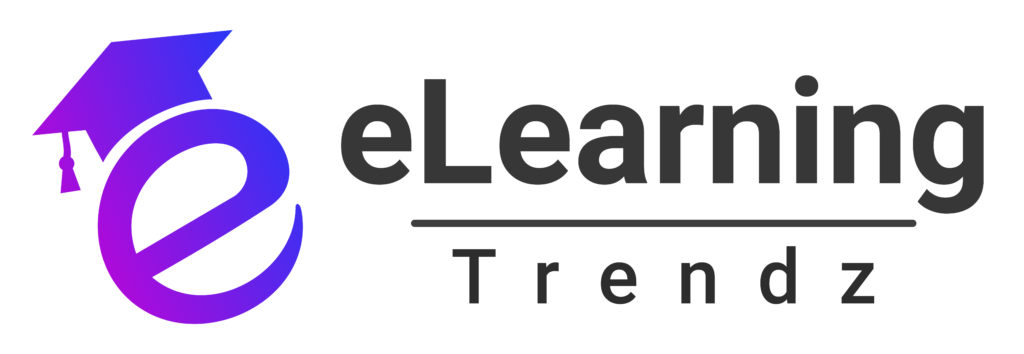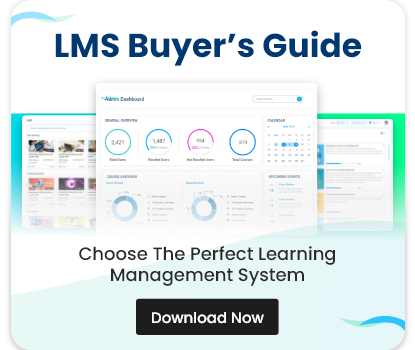The Role of an LMS in Corporate Training
Corporate training is crucial for upskilling employees, ensuring compliance, and boosting productivity. A Learning Management System (LMS) is vital in streamlining corporate training by providing a structured and efficient learning environment. To maximize the impact of training programs, an LMS should have essential features that cater to the needs of both employees and administrators.

Below are the seven essential LMS features that contribute to seamless corporate training.
User-Friendly Interface
An intuitive and easy-to-navigate interface is a must-have for any LMS. Employees should be able to access courses, track their progress, and complete training modules with minimal effort. A well-designed interface enhances user engagement and reduces the learning curve for new users.
Mobile Learning Compatibility
With remote work and flexible schedules becoming the norm, mobile learning support is essential. A responsive LMS on smartphones and tablets ensures employees can access training materials anytime and anywhere. Mobile compatibility enables a more convenient and flexible learning experience.
SCORM and xAPI Compliance
SCORM (Sharable Content Object Reference Model) and xAPI compliance ensure that learning content is standardized and compatible with multiple LMS platforms. These features allow organizations to integrate third-party content, track learning activities, and enhance training effectiveness with detailed analytics.
Personalized Learning Paths
Corporate training should be tailored to individual learning needs. An LMS that offers personalized learning paths allows employees to follow a structured curriculum based on their roles, skills, and career progression. Custom training plans improve engagement and ensure relevant skill development.
Reporting and Analytics
Comprehensive reporting and analytics help organizations measure training effectiveness. An LMS should provide real-time data on course completion rates, learner progress, and assessment scores. Detailed insights allow administrators to identify skill gaps and optimize training strategies.
Gamification and Engagement Tools
An LMS should incorporate gamification elements such as badges, leaderboards, points, and rewards to keep employees motivated. Interactive features and social learning tools, like discussion forums and peer collaboration, enhance engagement and make learning enjoyable.
Integration with HR and Business Systems
Seamless integration with HR platforms, performance management systems, and other business tools ensures smooth workflow management. An LMS that connects with existing enterprise systems allows organizations to track employee development, compliance training, and performance reviews efficiently.
AI-Powered Learning and Automation
Artificial intelligence (AI) in an LMS enables intelligent recommendations, automated content curation, and adaptive learning experiences. AI-driven automation simplifies administrative tasks such as course assignments, progress tracking, and notifications, saving time and improving efficiency.
Social Learning and Collaboration Features
An LMS should provide features that facilitate peer-to-peer learning and knowledge sharing. Discussion boards, live chat, group projects, and video conferencing tools help create a collaborative learning environment where employees can exchange insights and experiences.
Multi-Language Support
Multi-language support is essential for global organizations. Employees from different regions should have access to training content in their preferred language, ensuring better comprehension and inclusivity in corporate training programs.
Conclusion
Choosing an LMS with these essential features ensures a seamless corporate training experience. A user-friendly interface, mobile compatibility, SCORM compliance, personalized learning paths, strong reporting tools, gamification, and system integration contribute to an effective learning ecosystem.
Additionally, AI-powered learning, social collaboration, and multi-language support enhance accessibility and engagement. Investing in the right LMS helps businesses upskill their workforce, improve productivity, and maintain a competitive edge in the industry.










